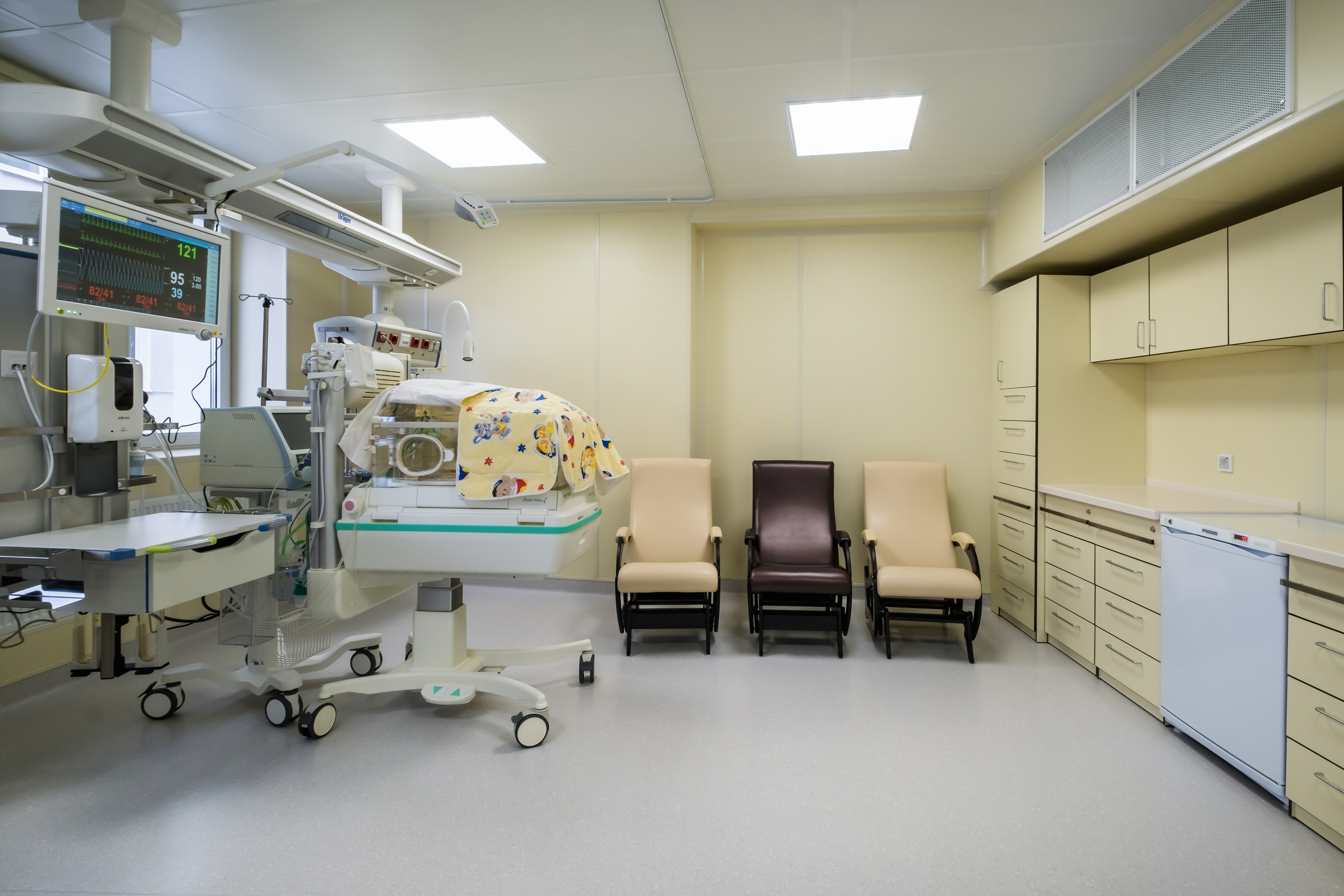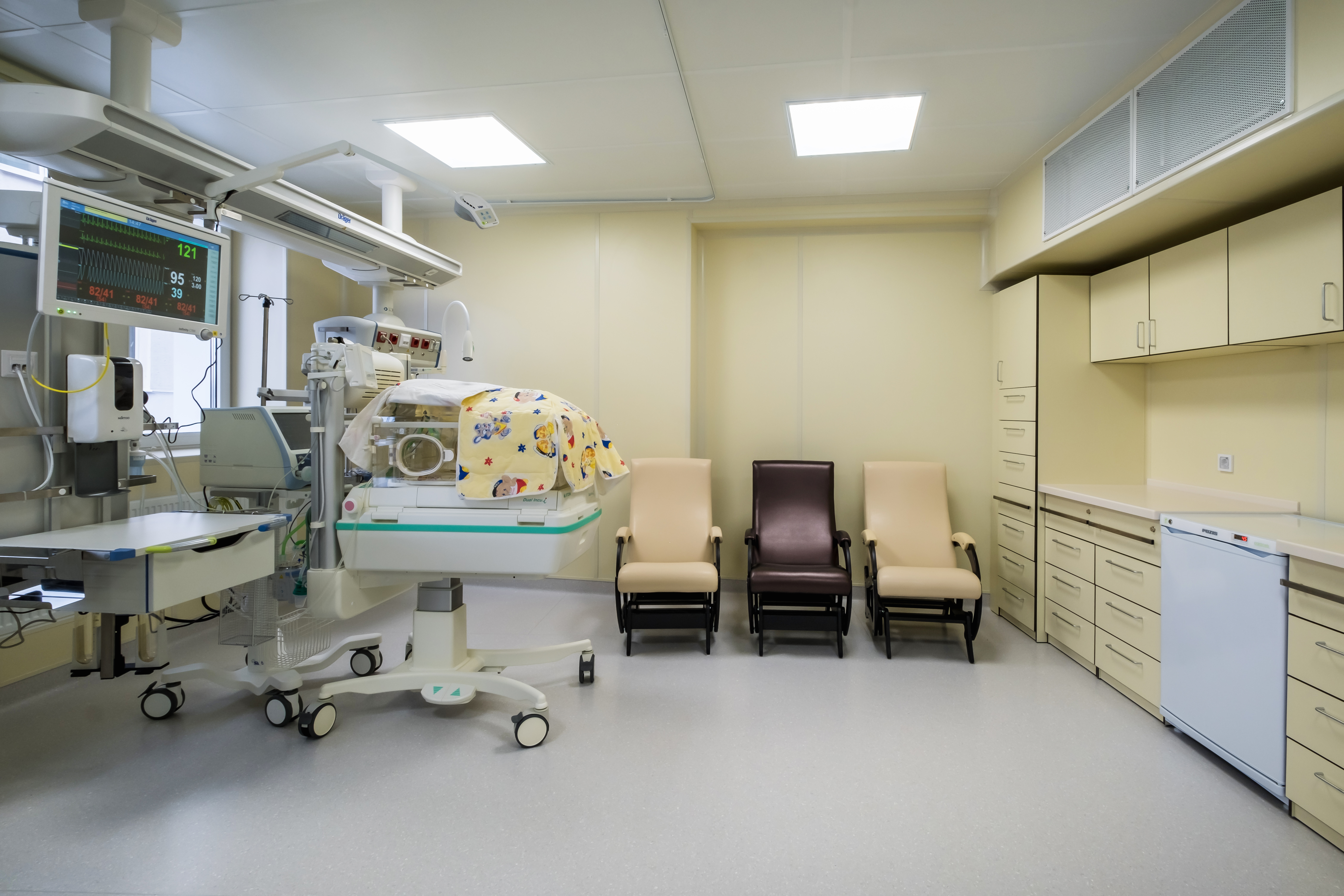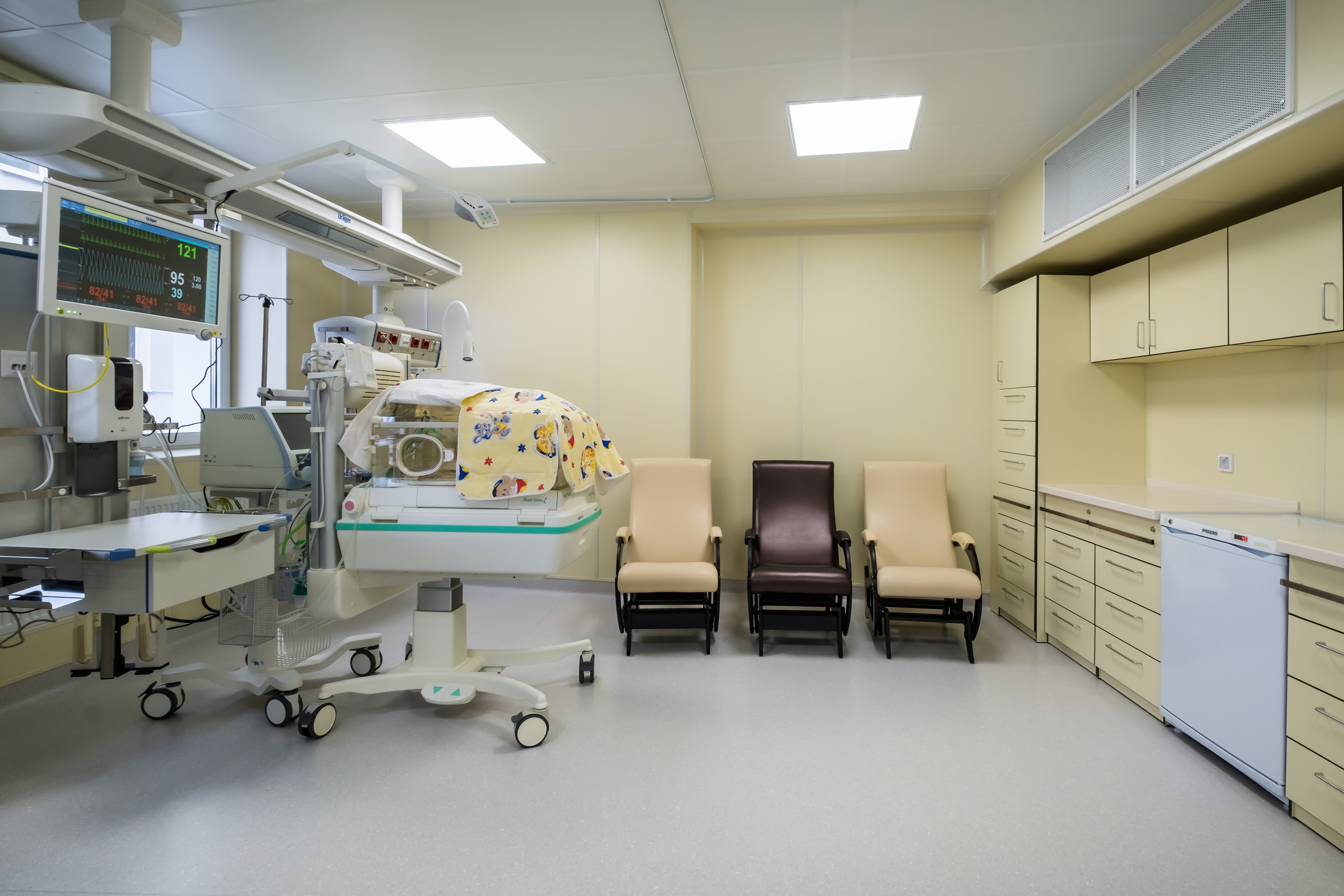Orthopaedics
- Home
- /
- Orthopaedics




The Orthopaedic department in Sunrise Kasargod offer all kinds of injuries and fracture treatments. Sports injuries including multi- ligament knee and shoulder, foot and ankle injuries are dealt with one stage with accelerated rehabilitation techniques to get the person back in the action. We perform total knee and hip replacement surgery, spine surgery with advanced techniques. We are also specialised in anthroscopic, minimal invasive surgical interventions for knee problems. We focus on complete recovery with rehabilitative therapy along with therapeutic and surgical intervention. Our skilled team of orthopaedic surgeons and physicians, physiotherapists and rehabilitation experts provide the highest level of patient care.



We perform all arthroscopic & reconstructive procedures for joint replacement, spine care, trauma and fracture care, paediatric orthopaedic issues, sports injuries etc. Advanced facilities include ultra clean laminar flow theatres with HEPA filters, DEXA scan for accurate measurement of bone density and strength.





Dr. Hitesh Ramkrishnan is a Consultant Orthopaedic Surgeon with 4 years of experience in the field. He holds an MBBS degree, along with specialized qualifications including D-Ortho, DNB-Ortho, FASM, and FJR, all from prestigious institutions in Delhi. Dr. Ramkrishnan is an expert in knee and hip replacement surgeries, with a particular focus on tra...
Dr. Prasad Menon (MBBS, D-ORTHO, Mch) is a Senior Orthopedic specialist in Joint replacement trauma arthroscopy and Foot and Ankle specialist with over 27 years of experience in the profession. He is very dedicated and ethical in his Orthopedic practice. His has strong leadership quality and communication skills with a commitment to providing excel...
Sunrise hospitals , Experience, Expertise, Care

Where Compassionate Care Meets Healing Excellence.
Your Pathway to Wellness Begins Here.
KIMS Sunrise Hospital Ashwini nagar, Kasaragod, Kerala 671121
32AACFK7766P1ZR
Copyright © 2025 IPIX. All Rights Reserved